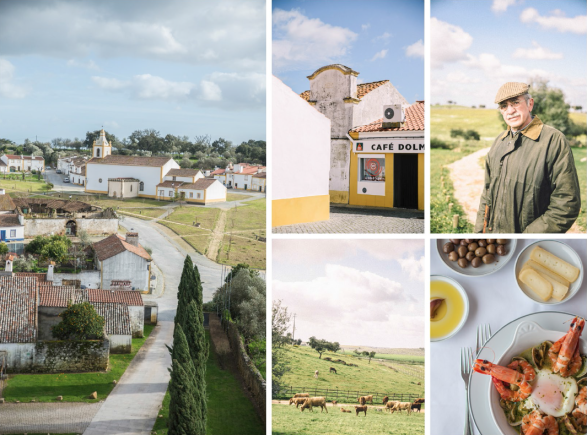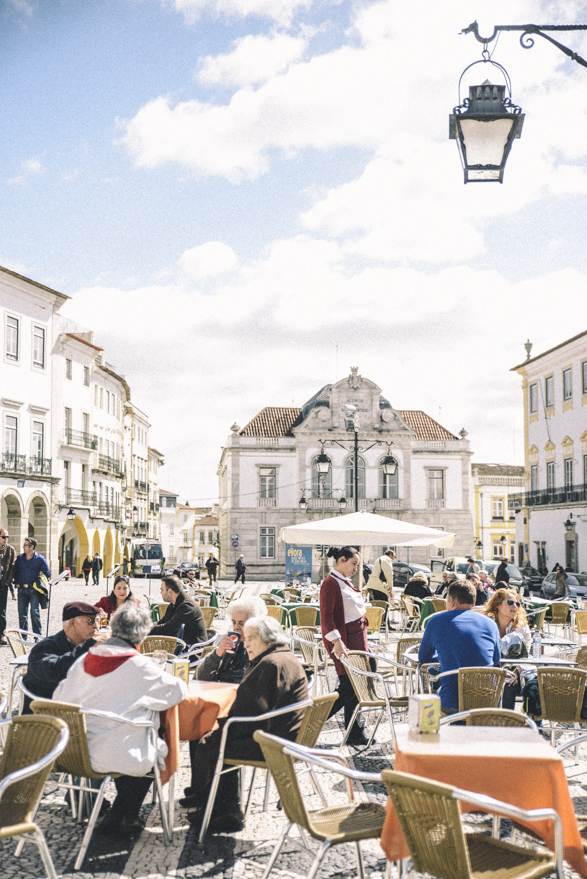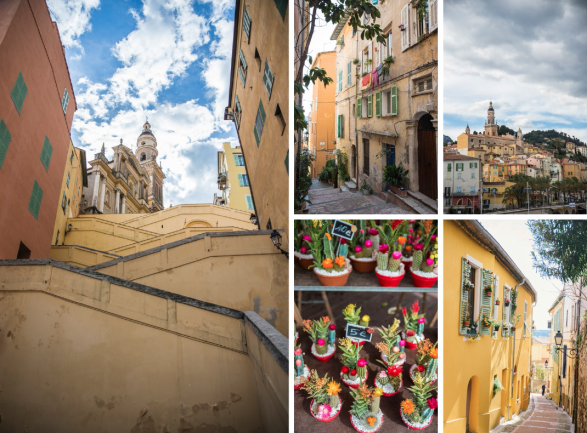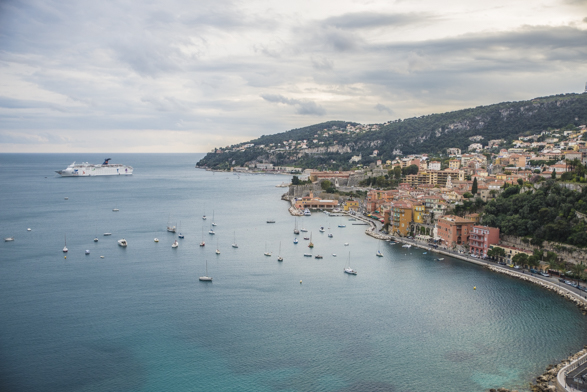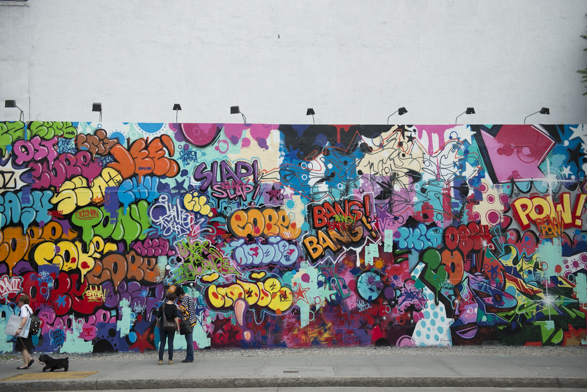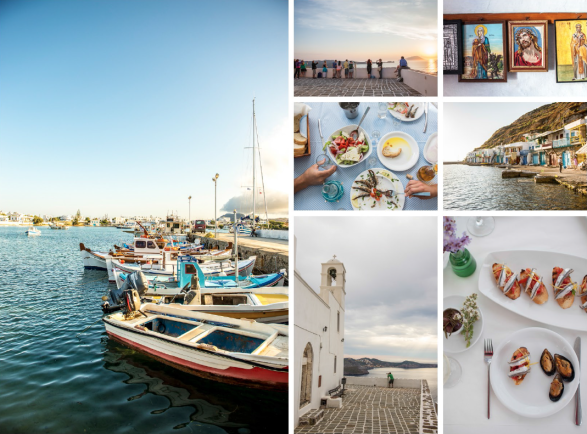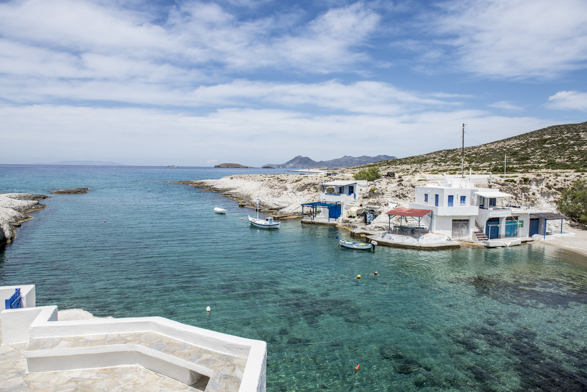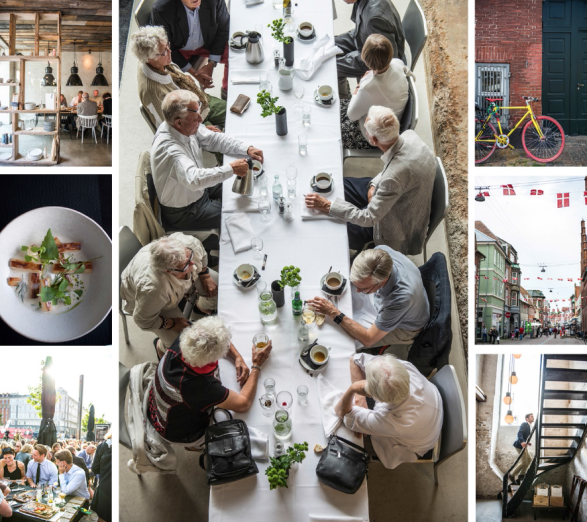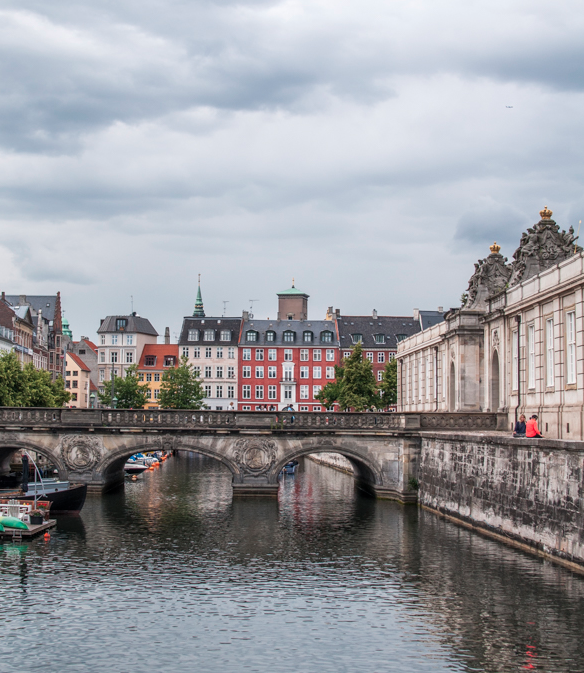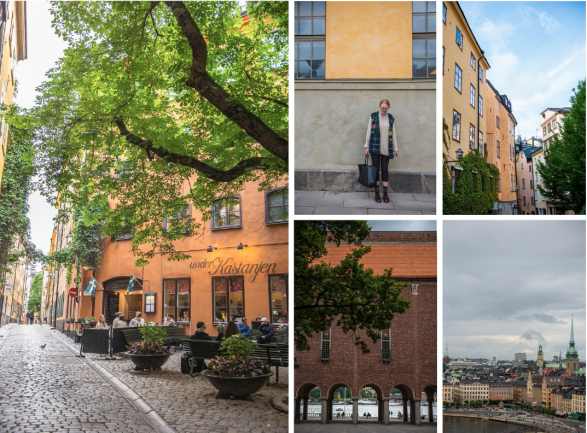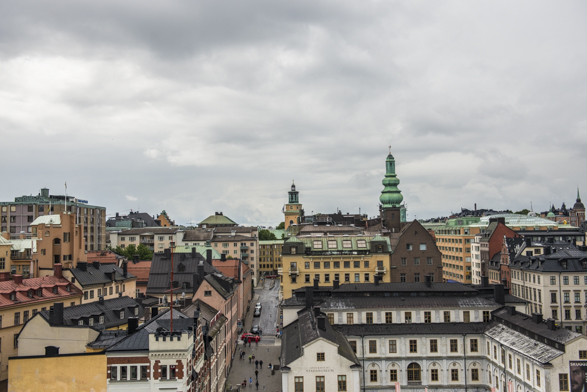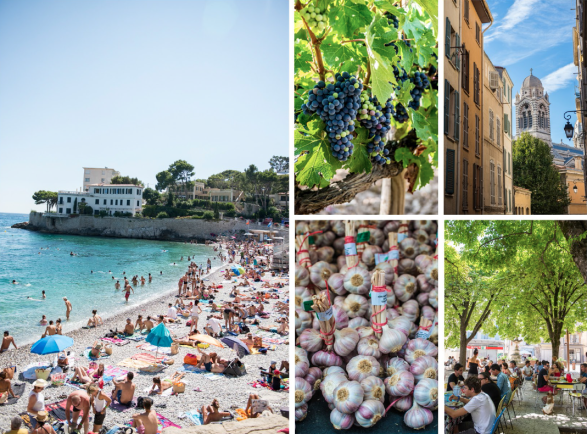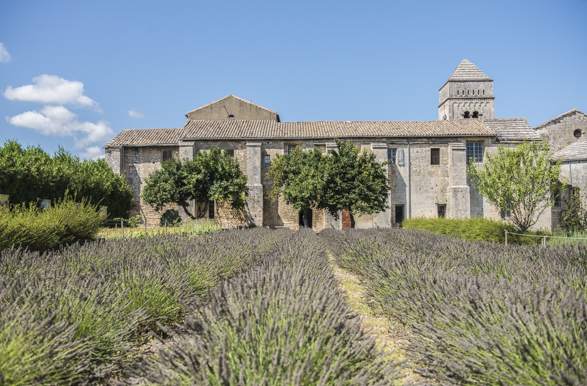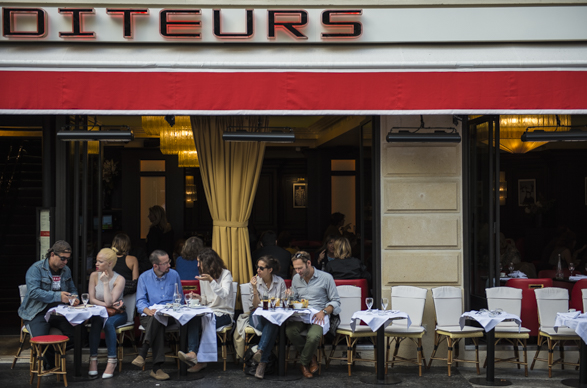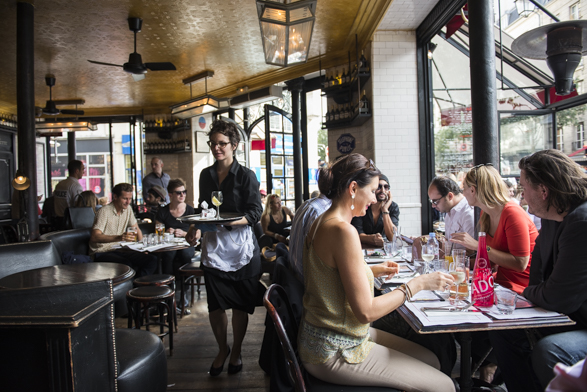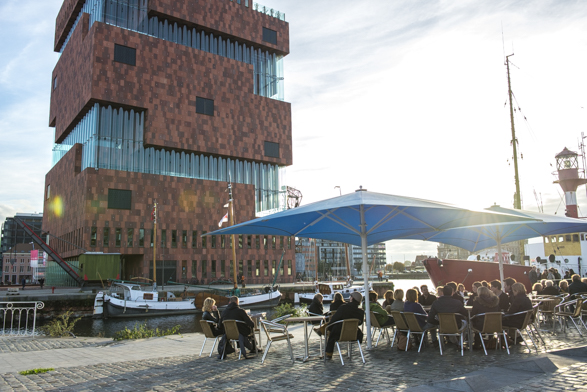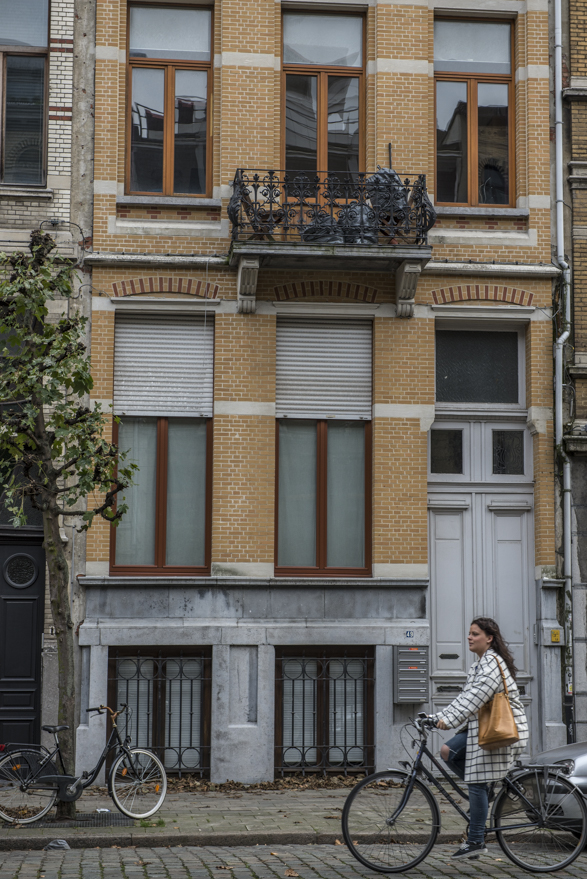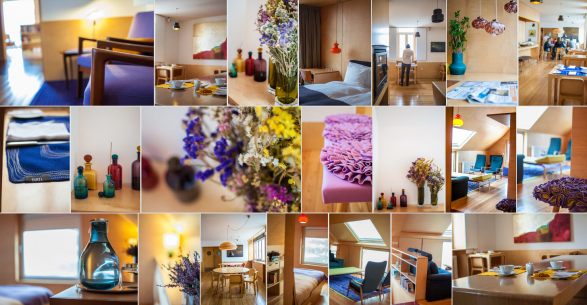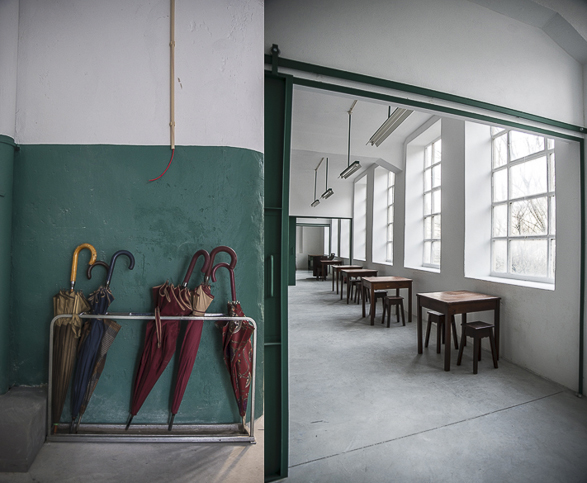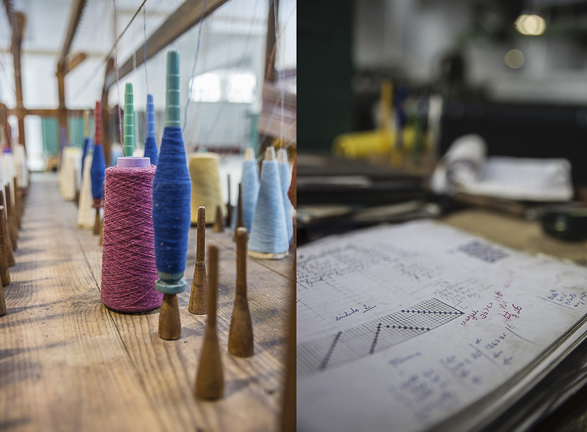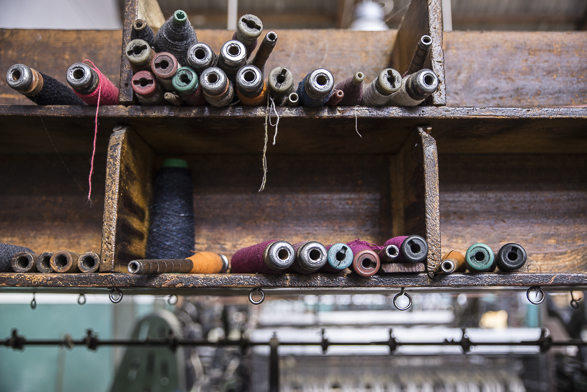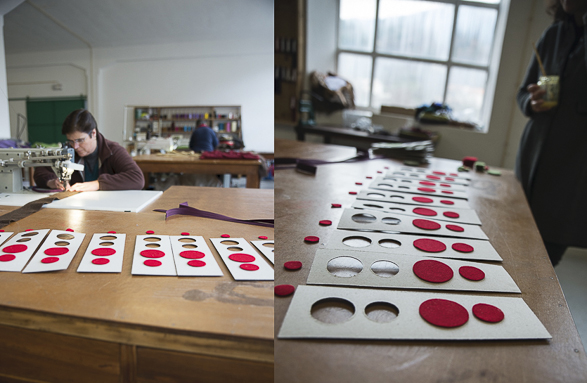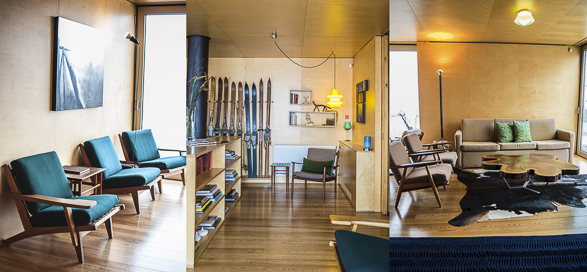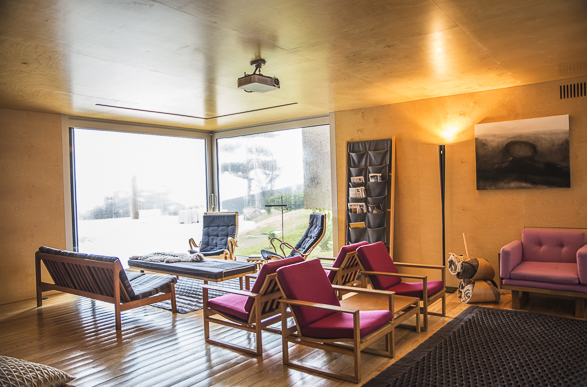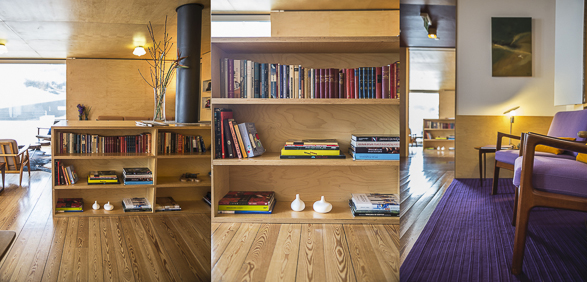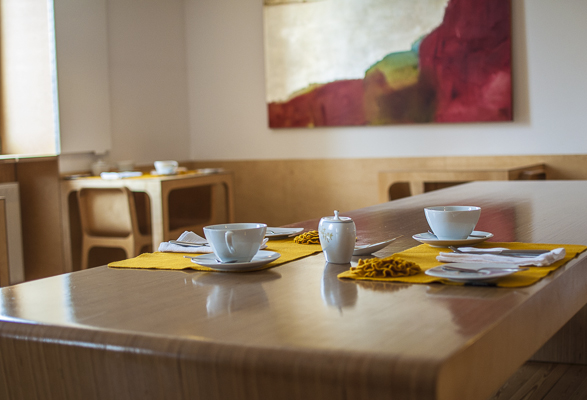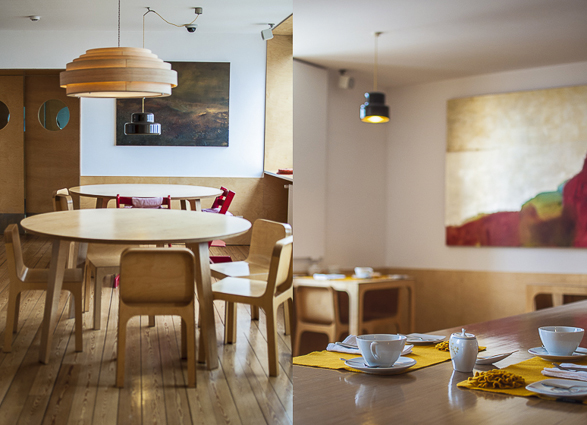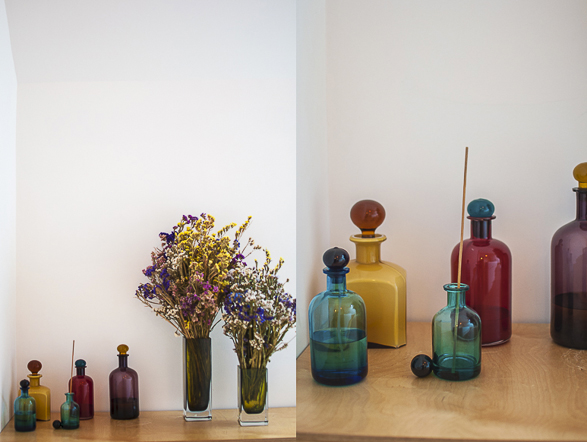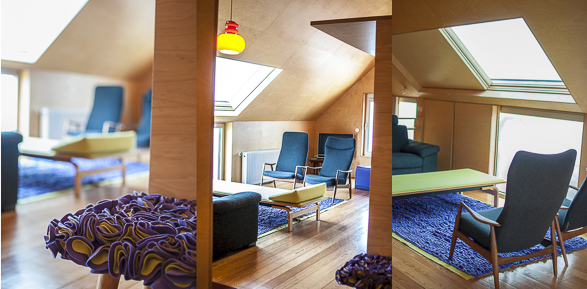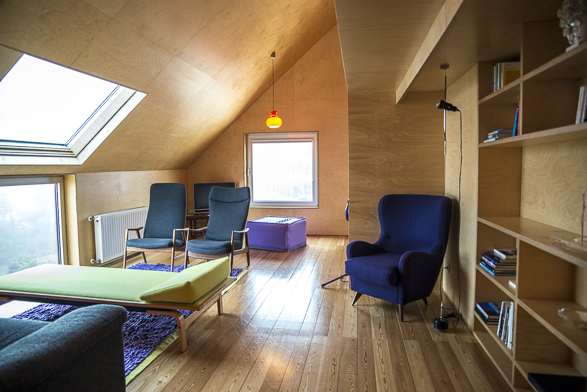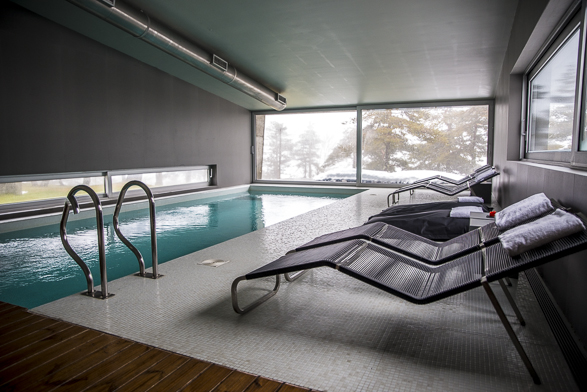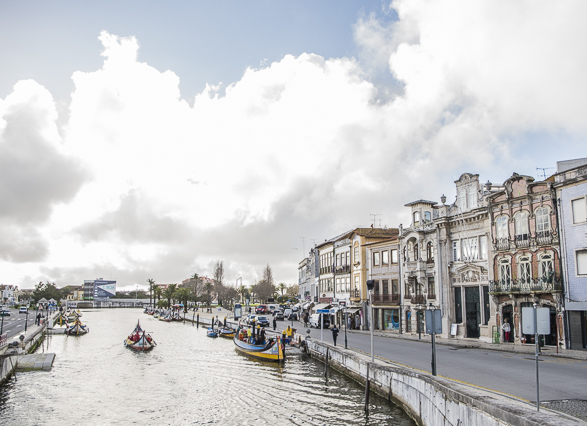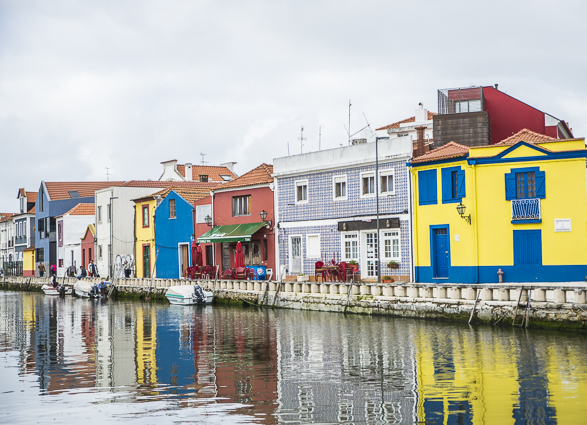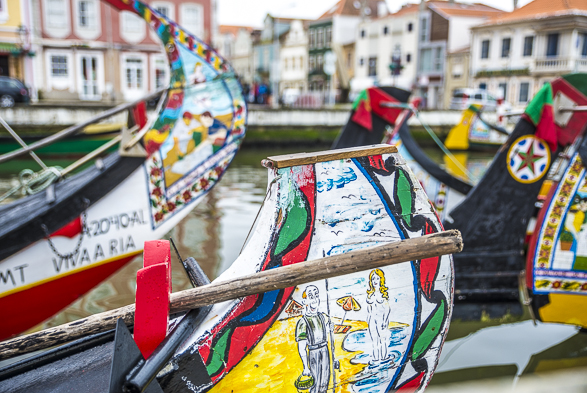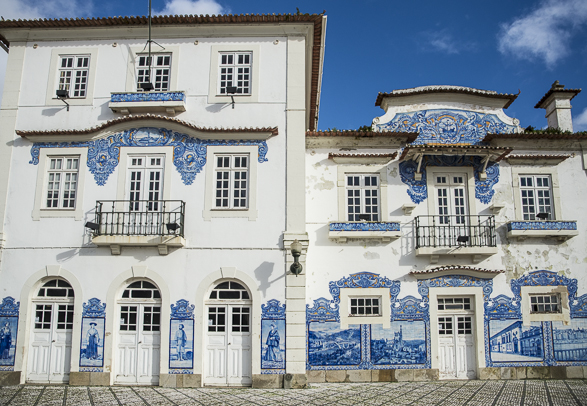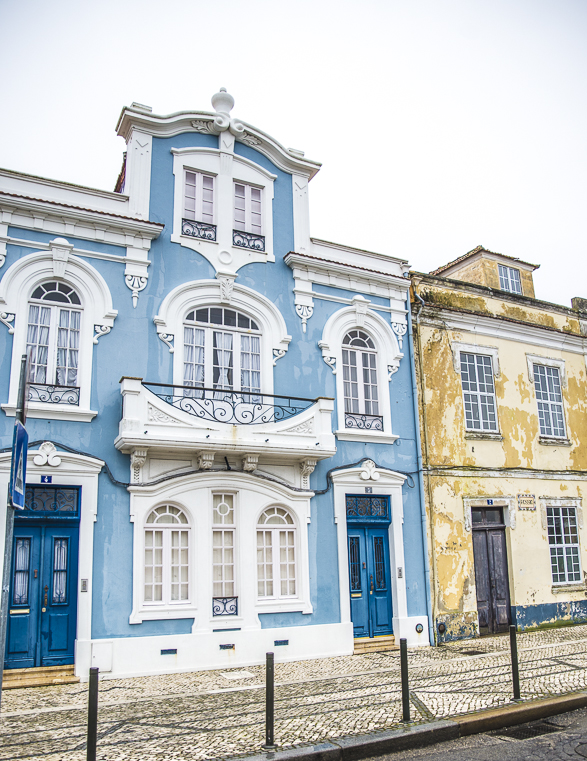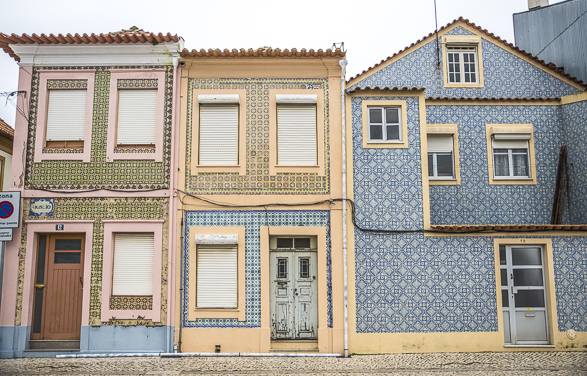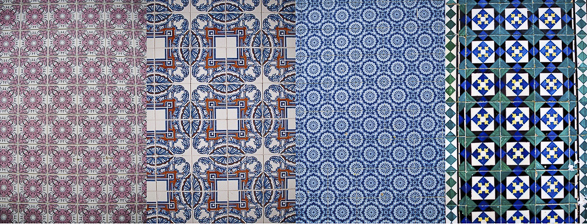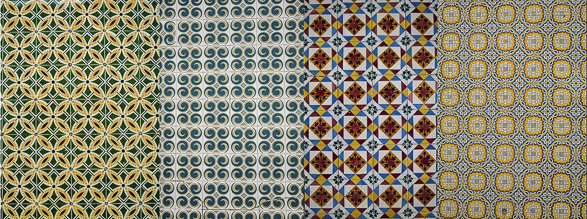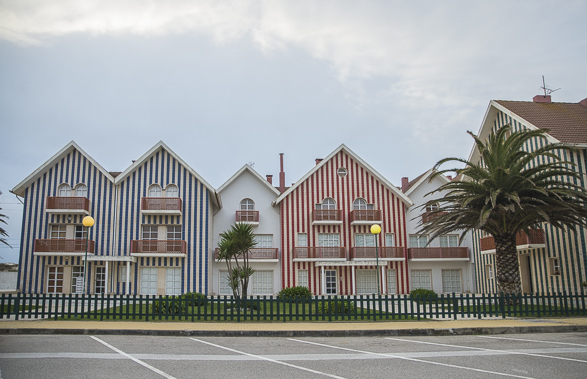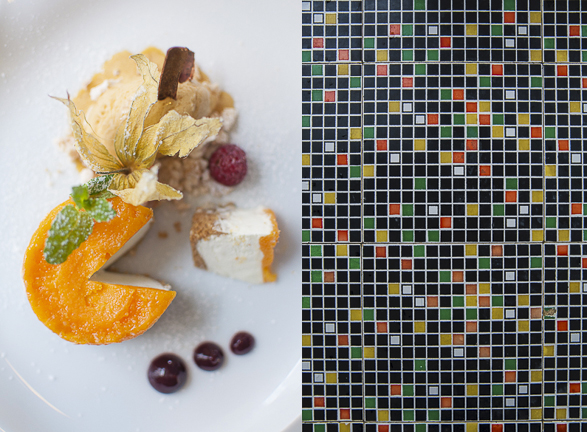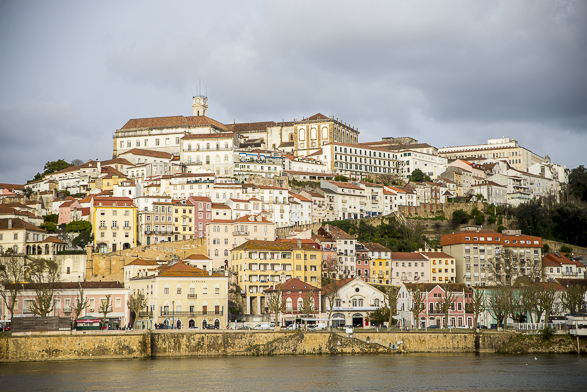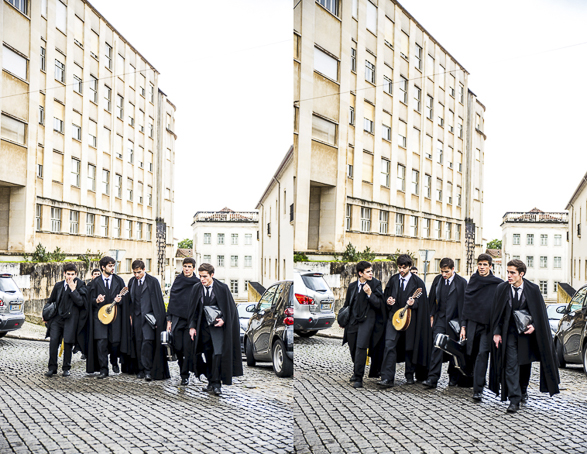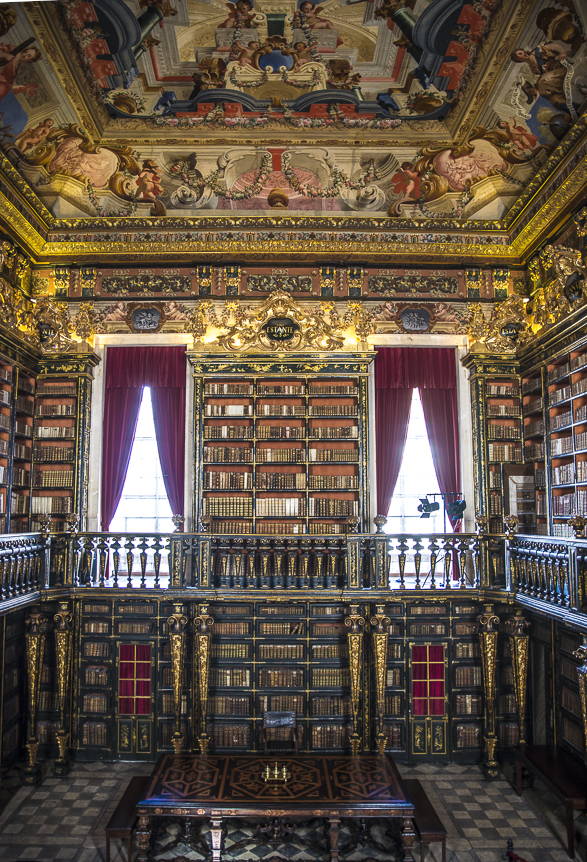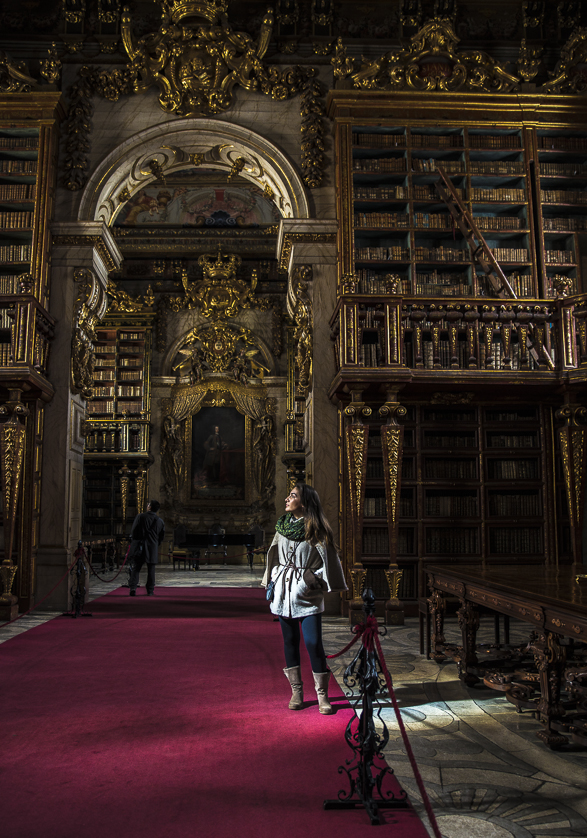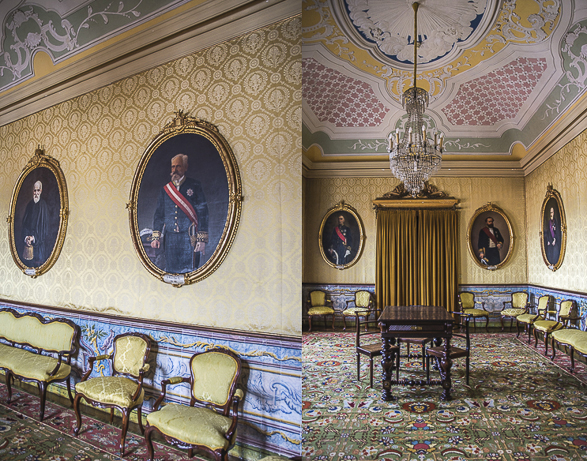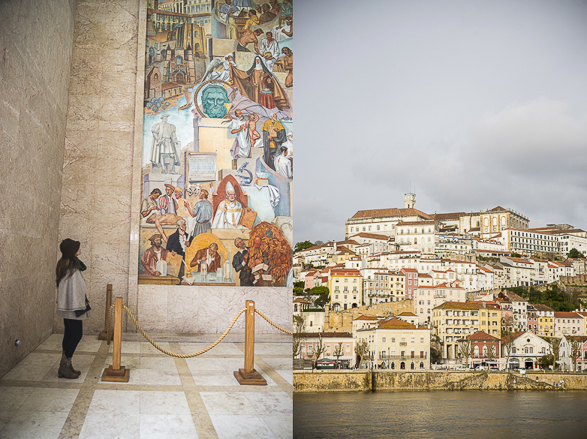I was planning to write this post right at the end of the year, but got caught up on some work and found myself already scheduling trips for the new 2015 year. Looking back at the images I took throughout the year and the new stamps in my passport, there is no doubt about it; 2014 was a very busy year.
When you do what you love mostly for a living, means you are willing to commit more and more time to your work and think about it 24/7. Not once did I say to some of my friends who are also creative independents that ‘I am my work and my work is me’. Taking a day off is usually taking a day off from myself. Or from my creativity, my head or from the way I look at things. Don’t get me wrong. I don’t complain. I am happy when I am busy and I can be climbing on walls when I’m not.
2014 was a year in which I ‘jumped’ on almost every opportunity I got and I didn’t hesitate to book flights and trips with minor preparations. ‘Don’t Think too Much but See What Happens’ was sort of a mantra.
At the end of February I traveled to Central Portugal. It was a new destination to explore that didn’t fall from Provence or Tuscany. I have visited in Coimbra and got a special permission to shoot the magical library in Coimbra’s University. I have shot many colorful Portuguese tiles in Aveiro. I walked trough olive groves, almond trees and vineyards in Alentejo, stayed in some chic wine hotels such as Casas Do Coro and Casa Des Penhas Dourades and caught up with good friends in Lisbon and Sintra.
Later on in March I flew to Paris to shoot a Patisseries Guide to Paris. By all means, it was the sweetest assignment of the year; sweet as the Mont Blanc Patisserie in Angelina (which, by the way, was the first Patisserie I shot on that assignment). But it was also a very hectic and intense four-days-shoot in which I had to photograph 32 patisseries all across Paris. During this sweet assignment, I met and photographed some of the top Patisseries Chefs in France, got into their kitchens (some of them are quite secretive) tasted the best Eclairs, Paris Brest, Saint Honore, Mille -Feuille and Macaroons. Here are some of the ‘Behind the Scenes’.
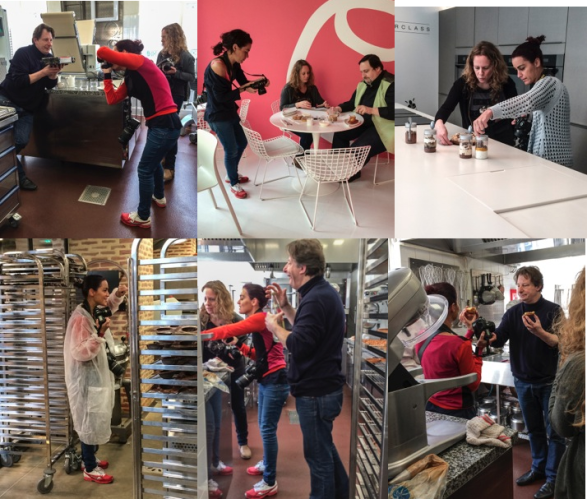
Right after completing my sweet adventure, I shot a great story for Feast Magazine about Rue du Nil. I got a glimpse into one of the smallest streets in Paris, (exit metro Sintier) a street which happened to set a new tone in the culinary scene in Paris. I happened to discover some of the most friendliest chefs, interesting store owners, a really good coffee spot I went back to and of course, some really good food. Luckily, a good friend of mine who has a great sense of style, joined me to this assignment and together we explored this 2nd Arr gem.
After spending two weeks in Paris, I have decided spontaneously to travel down south to the French Riviera and spend some time with two friends of mine; Liza, who was living in Nice with her husband (but was ready to move to London) and with the talented photographer Millie Brown, an Aussie expat who lives in Beaulieu-sur-Mer and photographs the Southern French region. Thanks to Millie and her beautiful blog, I got curious about shooting Laundry in Menton and South of France and this quick break in the French Riviera left me with a taste for more.
In May I have traveled to New York. My second home with a Capital H. I’ve stayed in Manhattan for the whole month; catching up with friends and colleagues and visiting all my favorite spots and hang outs. I cannot even described how much I missed the City. At the end of the month I was assigned to shoot a story for Lonely Planet Traveller, describing the top fun things to do in New York. I couldn’t have asked for more! It was a great opportunity to do some of the things I have always wanted to do but never really found the time.
Together with Orla, a fun writer from Lonely Planet Traveller, we cruised the city from Uptown to Downtown, using all sorts of transportation. We found ourselves trying out cocktails at 10 am in the morning (research for the article, mind you) in some of the sleek and chic bars at the Meat Packing District and later on rushing to Coney Island to interview some Circus performers, making sure to come back to the city and take a HipHop Class at Alvin Ailey School (research as well). I am anxious to share some more of my shooting experience but you will have to wait for March 2015 when the article will come out. Please stay tuned. I promise to blog about it in more details.
Apart from capturing Manhattan during sunsets and sunrises, taken from both Midtown and Long Island City, and discovering some of the most stylish secrets bars, I have also spent more time in Bushwick in Brooklyn, documenting some of the coolest street art walls by Bushwick Collective for my Street Art/Graffiti shoots collection. According to Vogue magazine, Bushwick is becoming, if not already, one of the coolest neighborhoods in the world.
On June 1st, I’ve jumped on the flight that took me from New York to Athens. Spending one night at Semiramis Hotel designed by Karim Rashid and waking up very early in the morning to catch a very early flight to Milos, the southwestern most in the Cyclades group. Milos was another assignment I got to shoot for Lonely Planet Traveller and it was such an educational experience. I have paired up with Duncan, a well travelled writer, who was interviewing some of the locals and together we documented their lives on that volcanic island.
One of my most memorable experience was not caught ‘on-film’. It was a Friday night, the last day before heading back to Tel Aviv. I was spending two days in the scenic fishermen village, Klima. My house was literally on the water and I could hear the waves while I was in bed. I was drinking my morning coffees and my evening wine with my neighbors; locals fishermen who hardly speak English. We communicated mostly with smiles and with gestures such as pouring wine and eating greek cheese.
Lonely Planet’s story is coming out this Summer and I promise to blog about it in more details once it is published. All I can say is that it is going to be a great and colorful story. I am really curious to see it on print.
I know it sounds very hectic, but for me, that was the way to go. I like it sometimes when my life are on the move.
I have stayed two weeks in Tel Aviv and at the end of June I have decided to escape the humidity and get some Scandic vibe in Copenhagen and Stockholm. My mom has always wanted to go so it was a good reason for me to travel again.
Ever since Noma was chosen as the best restaurant in the World, and WallPaper magazine named the Danes as the most beautiful people, it seems that Copenhagen got her groove back, and no wonder it is considered one of the coolest city in Europe. Talking about WallPaper magazine, Copenhagen is one of these places that look like exactly taken from the magazine’s pages.
We spent four days in Copenhagen, exploring the Danish Design Scene, the Nordic Cuisine, and some unique museums that left us in awe. We also got a glimpse inside Hotel d’Angleterre and had lunch in its Michelin Star’s restaurant.
Copenhagen was great and welcomed us with warm weather and long daylight time. It didn’t get dark before midnight, so I had more time to shoot.
After less than one hour flight we found ourselves in Stockholm, the Venice of the Scandic part of Europe.
It was in Stockholm when we changed roles and my mom was the impatient teenager who was anxious to visit the ABBA museum while I was waiting for her outside. The weather was a bit on the grey-rainy side, but Stockholm is such a beautiful city; a mix of modern design, cobblestone streets, medieval atmosphere (mostly in Gamla Stan area) and everyone is wearing H&M. I didn’t have any previous knowledge about Stockholm, to be honest. I was mostly following an article I read in Travel+Leisure few months before my visit, which directed me to the most stylish locations.
The highlight of my visit, which is highly recommended, not only for photographers, was Fotografiska Museum. It is located in a former customs house in Sodermalm and is showing work of photographers around the World. It has a great book shop and an amazing view from the third floor.
Another great thing about Stockholm, which matched well me and my mom’s personality, was the Swedish love for Coffee, or in other words, their Fika. Sort of like Starbucks coffee in every street corner in New York, same as in Stockholm.
In the first week of August I have traveled to Provence with a good a friend of mine who is the perfect partner for any Travel spontaneous decision. The only thing that guided my choice to start at Marseille was MUCEM and the fact that Marseille was chosen as the European Culture Capital for the year of 2013. We stayed in Marseille only one night and then we rented a car and traveled to Cassis, which was just magical with its turquoise color water (definitely I should go back) and the hidden Calanque. We took a boat ride to see three Calanques de Cassis and I got tempted to jump off the boat into the water.
From there we drove to Arles, where we followed the steps of Vincent Van Gogh . We saw Cafe Van Gogh, this is the Cafe than Van Gogh painted in The Cafe Terrace on the Place du Forum at night and the hospital where Van Gogh was taken after cutting off a portion of his ear. Throughout this trip I was in search of Lavender fields. I was happy to finally find them in Saint-Rémy de Provence, once I have visited the Saint Paul Asylum, where Van Gogh was hospitalized. Not once when I look at a painting in a museum, I wonder to myself how do life look like in these locations. Visiting Saint Remy de Provence was a great opportunity to see what inspired Van Gogh’s painting and what did he see around him.
Note to self: Keep taking trips following the lives of your favorite Artists.
Since I didn’t have enough of Paris in March (I never have enough of Paris actually) I booked another last minute flight to Paris at the end of September. It was originally to shoot the scenes of Fashion Week in Paris but I ended up mostly catching up with my friends and colleagues who live there. Coincidence or not, related or not, I have spent some time over coffee and wine with three Aussies photographers who I admire their work; Millie Brown who came back to Paris for fashion week, Carina Okula who I adore her work and sensitivity and Carla Coulson, who is such an inspiration for me.
I’ve spent some time with Gail from PerfectlyParis, who I became friends with after I have stayed in one of her apartments in Paris few years ago and photographed Chef Constance and her adorable baby in their cozy apartment. I jumped on a Culinary tour Baguette to Bistro, discovered some new cafes, ate a lot of cheese and most of all, enjoyed my friends’ company.
So the year is not over yet, and I’m trying to squeeze the last few months of it. In October I was a sent by Conde Nast Traveller Magazine to shoot a story in Antwerpen. It was my second time around in this fashionable city, and it was fun coming back and visiting some of the locations I have discovered at the first time, but this time of shooting was quite intense. Tight on a deadline, I managed to shoot more than 20! locations in 48 hours, making sure I cross off all the locations on the photography’s brief, knowing I don’t have a second chance to shoot it (Tight schedule, remember?)
As small as it is, Antwerpen doesn’t stop to amaze me. Shooting some of the most popular and high end restaurants, capturing delicious dishes which are kind of complicated to shoot and dealing with some of the top chefs, was a great learning experience. The Antwerpen story is coming out to print this Summer and I promise to write about it in more details.
And now it is already the second week of January, trying to get used to Two Thousand Fifteen. I already have few assignments booked and some new locations to travel to. As much as I am anxious to stamp my passport and jet-set the Globe, I am trying to breath in, enjoy the present and see what happens.
Have a Happy, Healthy and Well-Travelled Year.

